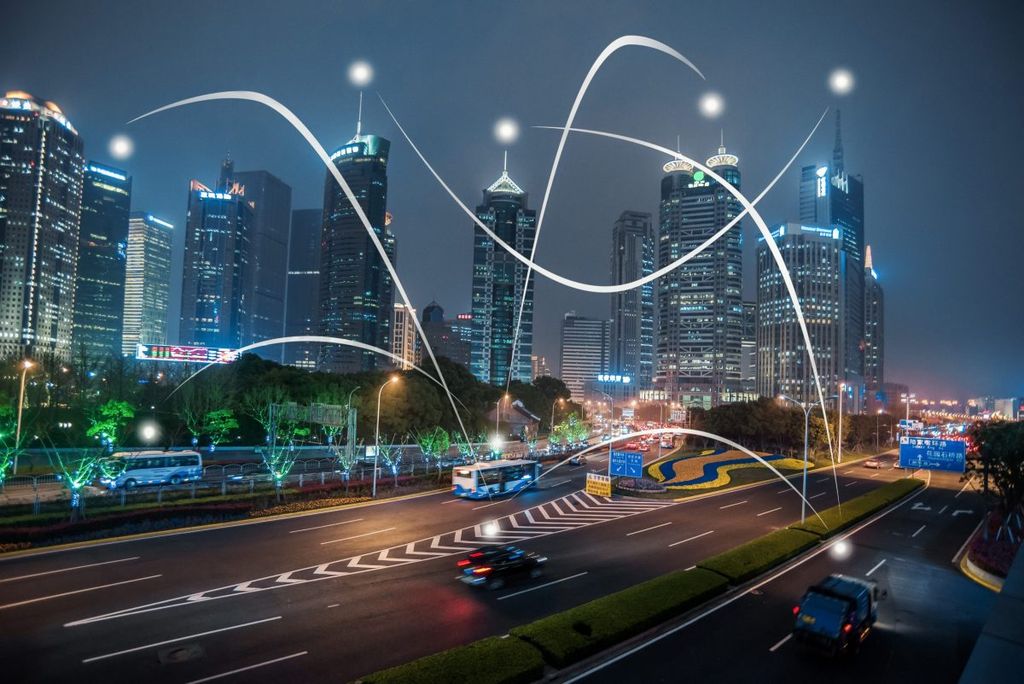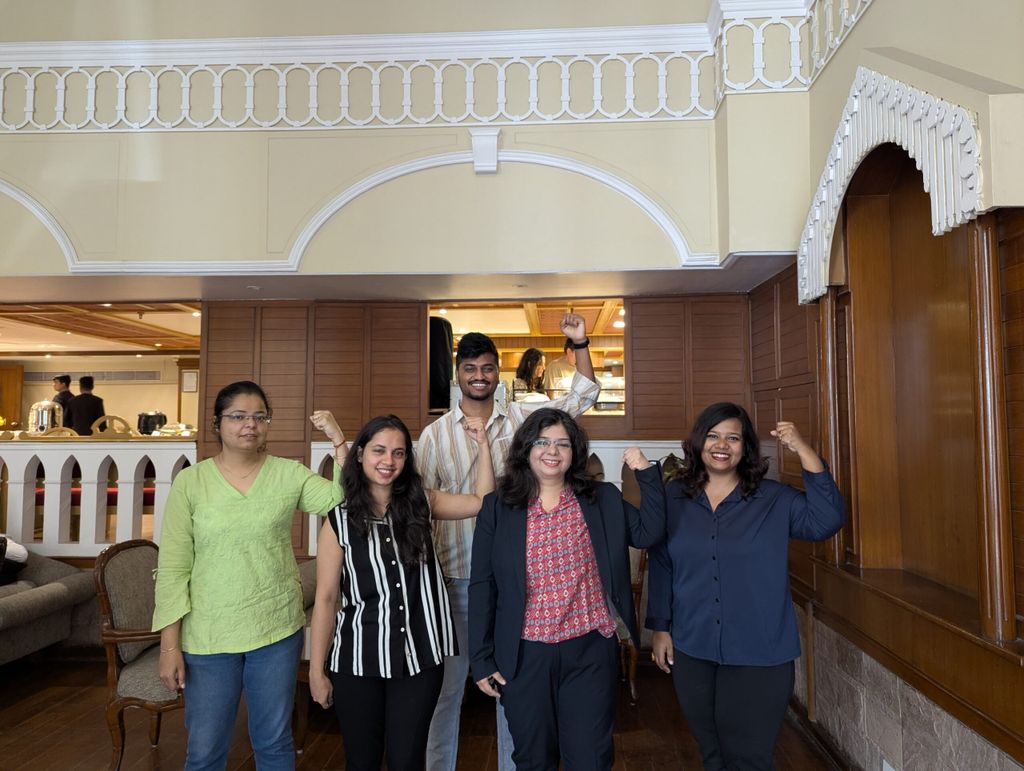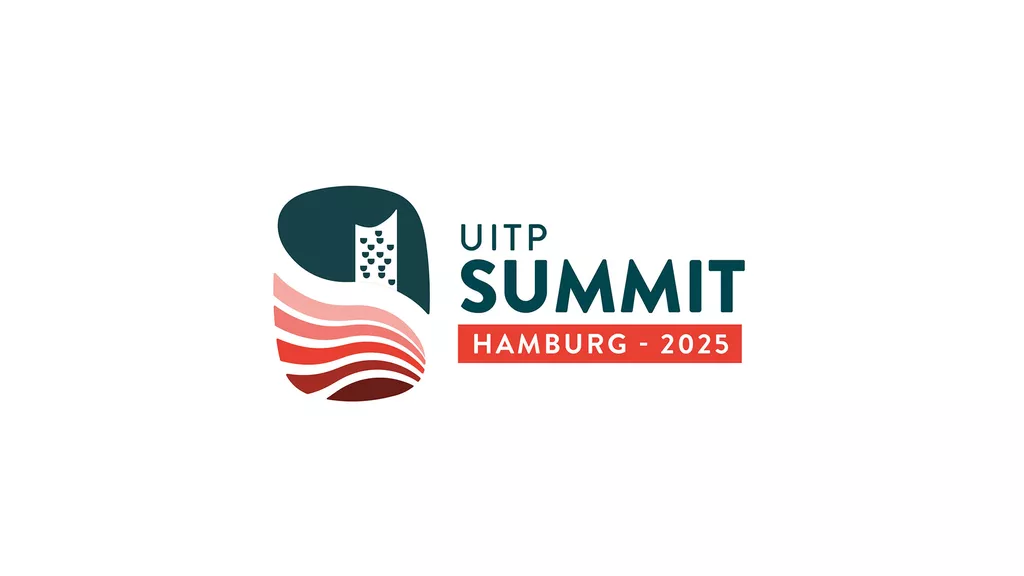
How to Regulate the Future of Mobility, A Balancing Act
The proliferation of new technologies and disruptive innovations in the transport sector are taking the world by storm. From connected, cooperative and automated mobility to traffic management 2.0, Mobility as a Service (MaaS) and shared on-demand mobility. The transport ecosystem is perhaps undergoing the largest transformation since the 19th century.
So, what does the future of mobility look like? If new mobility solutions are to be integrated into the wider public transport and sustainable mobility ecosystem, how can cities ensure they foster wider societal benefits?
Insights come from UITP’s Project Brief, Governance and regulation models to manage disruptive mobility services, which is a consolidation of findings and recommendations from GECKO, a project funded by the European Commission and coordinated by UITP.
Although the shift towards diverse modes and management methods of transport could bring advantages in reducing congestion and lowering carbon emissions, integrating these new mobility solutions and technologies will require an overhaul of urban infrastructure and an urgent need for their impact assessment and, consequently, regulation. But, how to go about this and what are the options? It is a topic of constant research and discussion between public and private actors, and of course there is no silver bullet.
Decision makers across different levels of government all face challenges, acknowledging that without management, such innovations may not serve the public good and yet risk stifling innovation and new solutions to society’s issues. In short, protecting society, fostering business development and achieving integrated, sustainable mobility is a constant balancing act.
The role that new mobility services should play in the whole mobility system should be a key priority for authorities and regulators. The assessment of their impacts against the overarching goal of sustainable mobility should be a focus of our attention. Several governance options could be used to meet these goals.
Are We Ready for Them? Are They Ready for Us?
Drone last-mile delivery, (e)bike-sharing, passenger urban air mobility, big data for fleet management, ride-hailing, hyperloop, micromobility. The list goes on. The urban landscape is scattered with different mobility services and management systems.
Yet, each differ greatly from one another, with their own market positioning and even market readiness. The Project Brief maps various innovations, identifying which are available and on the market and which still require development and/or validation.
What’s more, research around the existing regulations of such new mobility services shows that even if developed and strong regulatory frameworks allow for a variety of governance models to be implemented, specific or even tailored governance models should be considered to deal with disruptive innovations. These include adaptive regulations, regulatory sandboxes, risk-based regulations among others and they have their advantages and drawbacks.
The most suitable governance models depend on the context and the services’ market readiness/stage of deployment. The appropriate governance model will vary, as illustrated below:

Impacts From COVID-19
The impacts of COVID-19 have resulted in a drop of ridership of new mobility services, a weaking of the business models, but has equally created opportunities from new user behaviours. Similarly, governance from authorities as a response to the crisis has evolved, whether new policies have been accelerated – such as more space for bicycles and pedestrians – or new collaborative approaches implemented with stakeholders of new mobility service providers.
These guidelines offer support to proactively design and build an adaptive framework for regulating new mobility solutions.
- New governance and regulatory approaches: Establish a common framework for governing mobility solutions.
- Cooperation of services among public and private parties: Identify and facilitate cross-sectoral communication across governance levels and industry sectors and drive discussions on public and private stakeholders’ common needs.
- Create a regulatory environment fit for new mobility services: Authorities, both national and local, are encouraged to develop flexible regulations and policies which foster developments of platforms dedicated to knowledge and technological resource sharing, and where business models can be developed.
- Data strategy: Set minimum requirements for mobility providers to manage data and support the establishment of clear standards for the type and format of data to be shared sustainably.
- Sustainability and resilience of mobility: Define standardised procedures and new forms of cooperation between cities and new mobility service providers.
For each recommendation above, the publication offers practical actions to reach these goals. Based on the GECKO project, the focus is on the European Union, but can be applied to global institutions and decision makers worldwide.
Looking to the Future
Authorities require support with tools for new regulatory frameworks to lead the transition to the new mobility era of cooperative, inclusive, competitive, sustainable and interconnected mobility across all modes. Some innovations may accelerate the shift to sustainable urban mobility, contributing to a more integrated transport system in a city. However, some may not. Each city is different and so it is essential that regulators and those from the industry remain ahead of the curve in order to adapt and prepare for new forms of mobility innovations.
Did you know UITP has an upcoming training programme on Mobility as a Service? Join us to better understand the current urban mobility trends and the complexity of integrating them from a user perspective. The course accompanies participants through the process of implementing a successful MaaS solution: Complying with objectives set by the city, understanding the needs of travellers, successfully involving mobility providers to eventually design a sustainable MaaS business model.
Membership benefits













